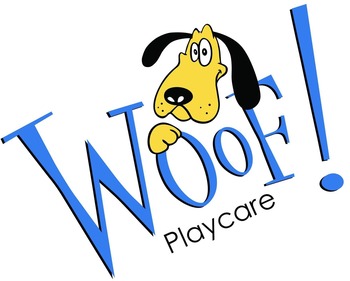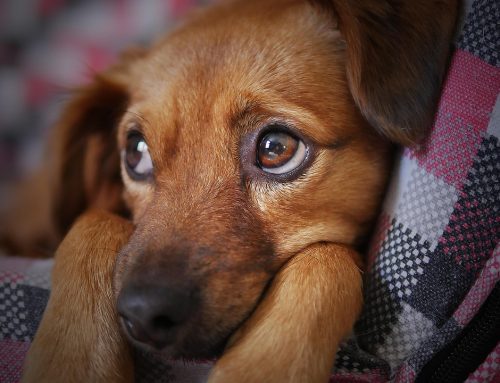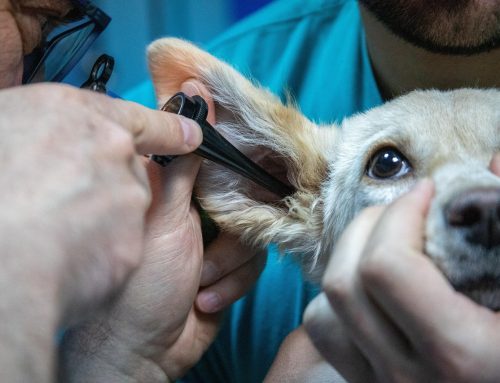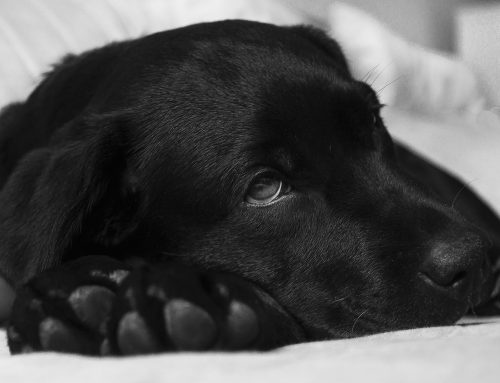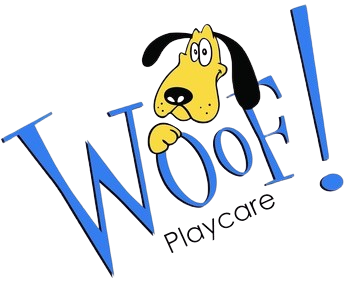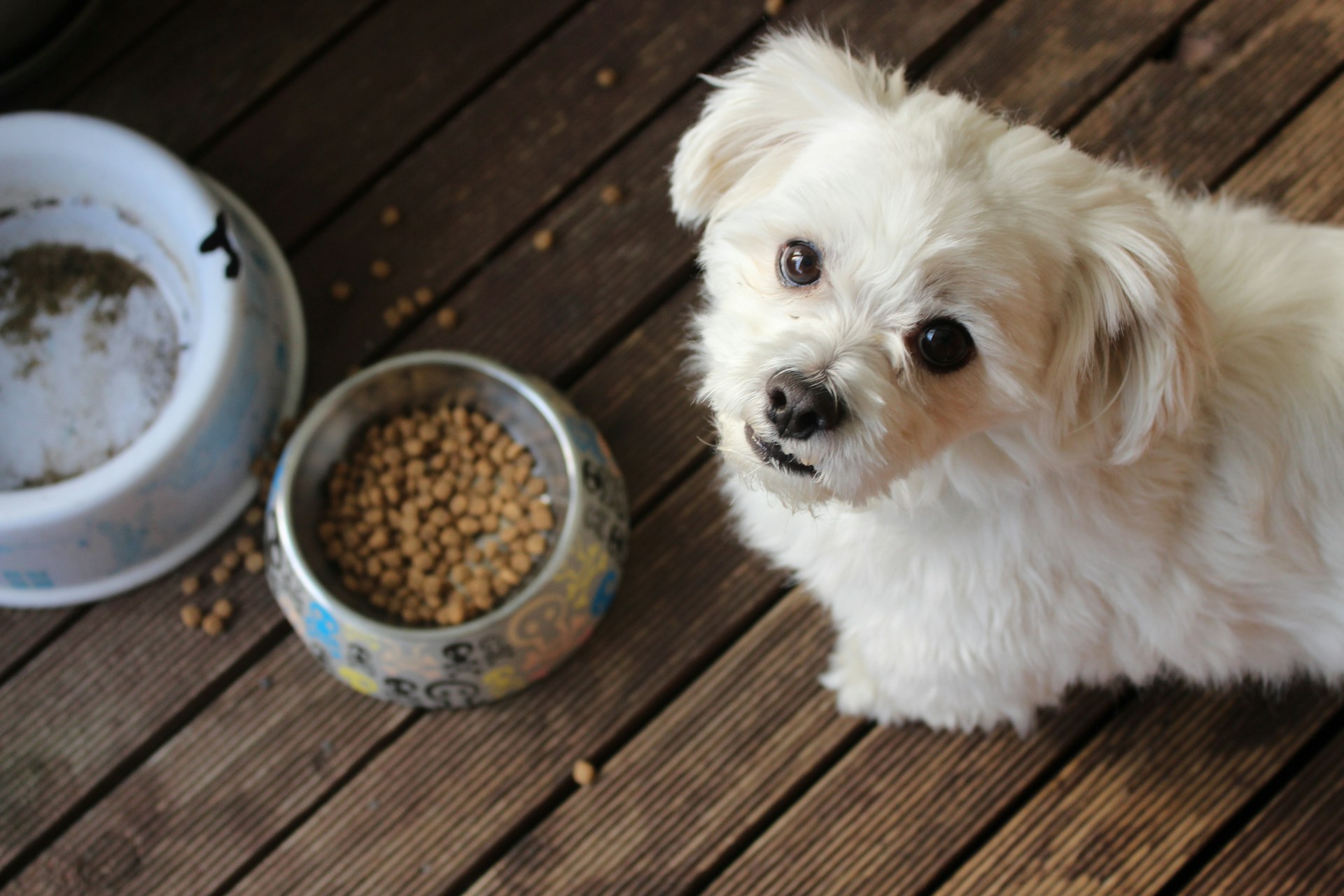
It’s important to know what foods are safe for your dog to eat. A list of food dogs can and can’t have can help you keep your pet healthy and happy. Dogs can enjoy foods like plain cooked chicken, carrots, apples (without seeds), and rice. Foods that they should never eat include chocolate, grapes, onions, or anything with caffeine, as these can be very harmful. Always check before sharing your food, because even small amounts of the wrong thing can make your dog sick.
Safe Foods for Dogs
There are many healthy and tasty foods that dogs can enjoy. A list of food dogs can and can’t have is a great tool to help you choose the right snacks for your pet. Dogs can safely eat plain cooked meats like chicken, turkey, and beef, as long as there are no spices or sauces. They also enjoy fruits like apples (without seeds), blueberries, and bananas, along with vegetables like carrots, green beans, and sweet potatoes. Plain rice, peanut butter (without xylitol), and some dairy like plain yogurt are also safe in small amounts. Always check new foods first to make sure they’re safe and healthy for your dog.
Dangerous Foods for Dogs
Some foods that are safe for humans can be very dangerous for dogs. A list of food dogs can and can’t have is helpful for keeping your pet safe. Dogs should never eat chocolate, grapes, raisins, onions, garlic, or anything with xylitol, which is an artificial sweetener found in gum and some baked goods. These foods can cause serious health problems like kidney failure, seizures, or even death. It’s also important to avoid giving your dog cooked bones, as they can splinter and hurt their stomach. Always check with your vet before trying new foods, and follow a list of food dogs can and can’t have to protect your furry friend.
What Canned Food Can Dogs Eat?
Many types of canned food are safe and healthy for dogs if you choose the right ones. When looking for options, it’s helpful to check a list of food dogs can and can’t have to avoid harmful ingredients. Dogs can eat canned foods made specifically for them, which usually contain meat, vegetables, and grains without harmful additives. If you want to feed your dog canned human food, look for plain canned pumpkin (not pie filling), canned chicken in water (no salt or seasoning), or low-sodium green beans. Always read labels to make sure there’s no garlic, onion, or high levels of sodium. Giving your dog the right canned food can add variety and nutrition to their meals.
What Canned Food Can’t Dogs Eat?
Some canned foods made for humans are not safe for dogs to eat. A list of food dogs can and can’t have can help you avoid giving your pet something harmful. Dogs should not eat canned foods that contain onions, garlic, or high levels of salt, such as canned soups, stews, or chili. Canned foods with added spices, sauces, or artificial sweeteners like xylitol can also be dangerous. Even some canned meats, like spam or sausages, have too much fat and sodium for dogs. Always read the label before sharing canned food with your dog to make sure it’s safe and healthy.
What Is the Most Toxic Food to Dogs?
One of the most toxic foods to dogs is chocolate. Chocolate contains a substance called theobromine, which dogs cannot process like humans can. Even small amounts of chocolate can cause vomiting, diarrhea, rapid breathing, and seizures in dogs. Dark chocolate and baking chocolate are especially dangerous because they have higher levels of theobromine. If a dog eats chocolate, it is important to call a veterinarian right away. Keeping chocolate out of reach and knowing what foods are toxic can help keep your dog safe and healthy.
What Is the Least Toxic Food to Dogs?
One of the least toxic and safest foods for dogs is plain cooked chicken. It’s a healthy source of protein and easy for dogs to digest. As long as it’s cooked without seasoning, sauces, or bones, chicken can be a great part of your dog’s diet. Many dogs enjoy it mixed with rice or vegetables like carrots or green beans. It’s important to still feed it in moderation and make sure it’s part of a balanced diet. Knowing safe options like chicken helps when checking a list of food dogs can and can’t have.

The Best Brand of Dog Food
Choosing the best brand of dog food is important for your dog’s health and happiness. One of the top recommended brands by vets is Royal Canin because it offers formulas for different breeds, sizes, and health needs. Other high-quality brands include Hill’s Science Diet, Blue Buffalo, and Purina Pro Plan, which all use real ingredients and are backed by research. These brands focus on balanced nutrition and avoid harmful fillers or artificial additives. When picking the best food, it’s important to consider your dog’s age, size, and any health issues. Talking to your vet and checking a list of food dogs can and can’t have can also help you choose the right brand.
The Worst Brand of Dog Food
Some dog food brands use low-quality ingredients that can harm your dog’s health over time. Brands that include a lot of fillers, artificial colors, preservatives, and by-products are often considered the worst. Some low-cost store brands or unknown brands found online may not meet proper nutrition standards. These foods might lack the vitamins and protein your dog needs and can even cause stomach problems or allergies. Always check the ingredient list and avoid foods with things like “meat meal” or “animal digest” as the main ingredient. Using a list of food dogs can and can’t have can help you avoid bad brands and choose healthier options for your pet.
Balanced Diet for Dogs
A balanced diet for dogs is essential for maintaining their health and energy. Dogs need a mix of protein, healthy fats, carbohydrates, vitamins, and minerals to stay strong and active. Protein from sources like chicken, beef, or fish helps with muscle growth and repair, while fats provide energy and support healthy skin and fur. Carbohydrates, such as sweet potatoes and rice, give dogs the energy they need for daily activities. It’s also important to include fiber from vegetables like carrots and peas to support digestion. By following a list of food dogs can and can’t have, you can ensure that your dog gets the right nutrients for a happy, healthy life.
Common Foods That Are Harmful to Dogs That Most People Don’t Realize
There are several common foods that many people don’t realize are harmful to dogs. One of those being avocados because they contain a substance called persin, which can cause vomiting and diarrhea in dogs. Macadamia nuts are another food that can lead to weakness, tremors, and overheating in pets. Many people also don’t know that xylitol, a sweetener found in gum, candy, and even some peanut butter brands, can cause a dangerous drop in blood sugar for dogs. Even grapes and raisins can lead to kidney failure, and alcohol can be toxic in very small amounts. Always check a list of food dogs can and can’t have to avoid giving your dog these harmful foods.
Why Can’t Dogs Eat Everything Humans Can?
Dogs can’t eat everything humans can because their digestive systems are different from ours. While humans can process a wide range of foods, dogs have a more sensitive stomach and can’t handle certain ingredients. Some foods, like chocolate, onions, and grapes, contain substances that are toxic to dogs and can cause serious health issues. Dogs also don’t have the same enzymes in their stomachs to break down certain sugars, fats, or chemicals that humans can digest without problems. This is why it’s important to know a list of food dogs can and can’t have to keep them safe and healthy. Always be cautious when sharing food with your dog and consult your vet if you’re unsure about something.
Do Dog Boarding Facilities Know What Foods Dogs Can and Can’t Have?
Yes, most dog boarding facilities are aware of what foods dogs can and can’t have, and they take this into consideration when caring for your pet. Many boarding facilities require you to provide your dog’s food to ensure they are eating what they’re used to. Staff members are usually trained to know about common toxic foods, such as chocolate, grapes, and onions, and they avoid feeding your dog anything harmful. Keep in mind that it’s always a good idea to inform the boarding facility about any specific dietary needs or restrictions your dog has. This helps ensure your dog stays safe and healthy while staying at the facility. If you’re ever unsure, it’s always best to double-check with the boarding facility before your dog’s stay.
The Most Common Food Error Dog Owners Make
One of the most common food errors dog owners make is feeding their pets table scraps or human food. While it may seem harmless to share a bite of your meal, many human foods can be toxic to dogs, such as chocolate, grapes, and onions. Some owners might also unknowingly give their dogs too much fat or seasoning, which can lead to stomach issues or even long-term health problems like obesity. Another mistake is not properly adjusting a dog’s diet for their specific needs, such as their age, size, or health condition. To avoid these errors, it’s important to follow a list of food dogs can and can’t have and stick to dog-friendly treats and meals.
Side Effects in Dogs from Food That Is Harmful
Feeding dogs food that is harmful to them can cause a variety of negative side effects. If a dog eats chocolate, it can experience symptoms like vomiting, diarrhea, rapid breathing, and even seizures due to the theobromine it contains. Foods like grapes and raisins can lead to kidney failure, causing a dog to become lethargic, lose its appetite, or have trouble urinating. Eating foods with xylitol, such as sugar-free gum or candy, can cause a dangerous drop in blood sugar, leading to weakness, shaking, and seizures. In some cases, dogs may also develop digestive issues like bloating, gas, or upset stomachs from fatty or spicy foods. To avoid these side effects, it’s important to know a list of food dogs can and can’t have and avoid feeding them harmful human foods.
Can Harmful Food to Dogs Be Fatal?
Yes, harmful food can be fatal to dogs if ingested in large enough amounts. Some foods, like chocolate, grapes, and xylitol, can cause severe reactions that may lead to life-threatening conditions. Chocolate contains theobromine, which can cause heart problems, seizures, and even death in dogs. Grapes and raisins can lead to kidney failure, which, if untreated, can be fatal. Xylitol, a sweetener found in sugar-free products, can cause a sudden drop in blood sugar, resulting in seizures, liver failure, or even death. It’s important to keep these dangerous foods away from dogs and always be aware of what’s safe for them to eat.
Knowing What Foods Dogs Can and Can’t Have
Knowing what foods dogs can and can’t have is crucial for their overall health and safety. Many foods that are safe for humans can be harmful or even toxic to dogs, leading to serious health problems like vomiting, diarrhea, or organ failure. Foods like chocolate, grapes, and onions can cause severe reactions that might require emergency veterinary care. By being aware of safe foods, such as cooked meats, certain vegetables, and fruits, dog owners can provide a balanced and healthy diet for their pets. Understanding what to avoid and ensuring that dogs only eat foods that are safe for them helps prevent accidental poisoning, digestive issues, and long-term health problems.
